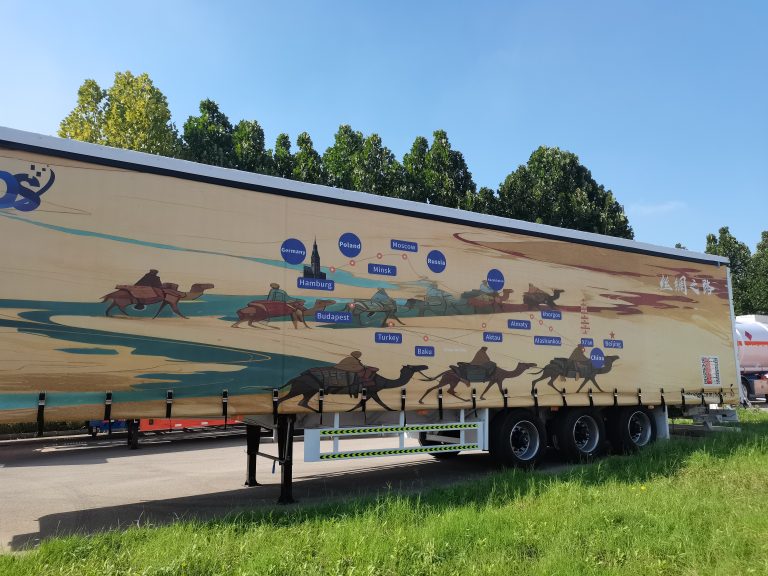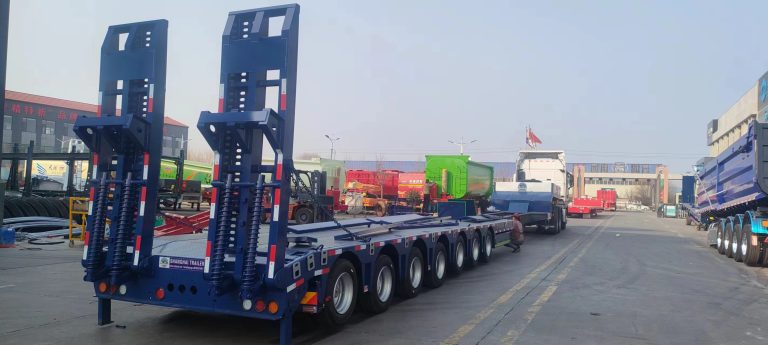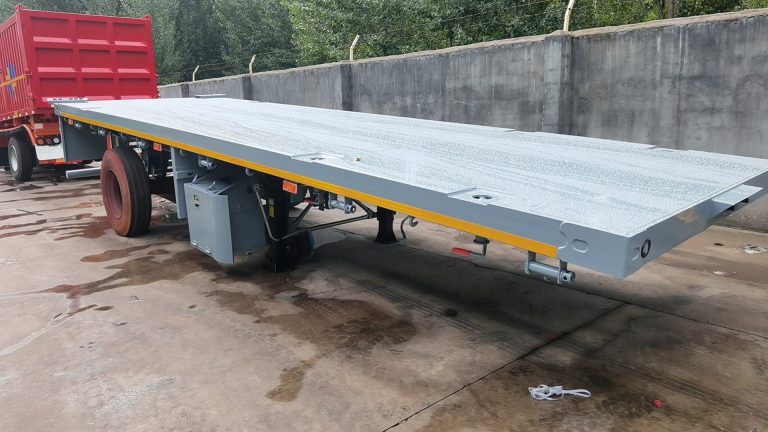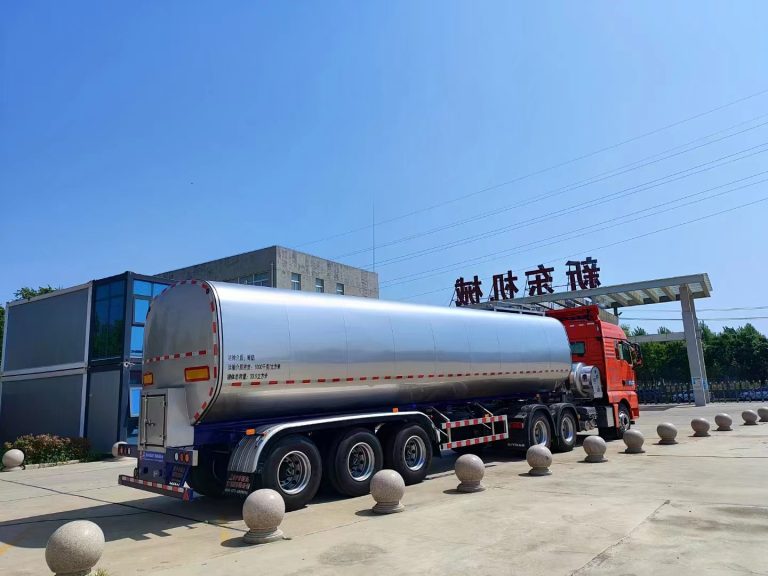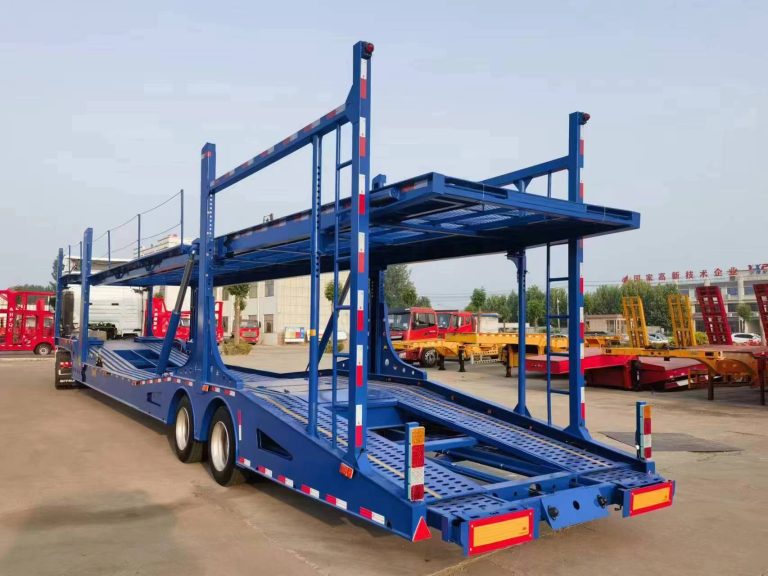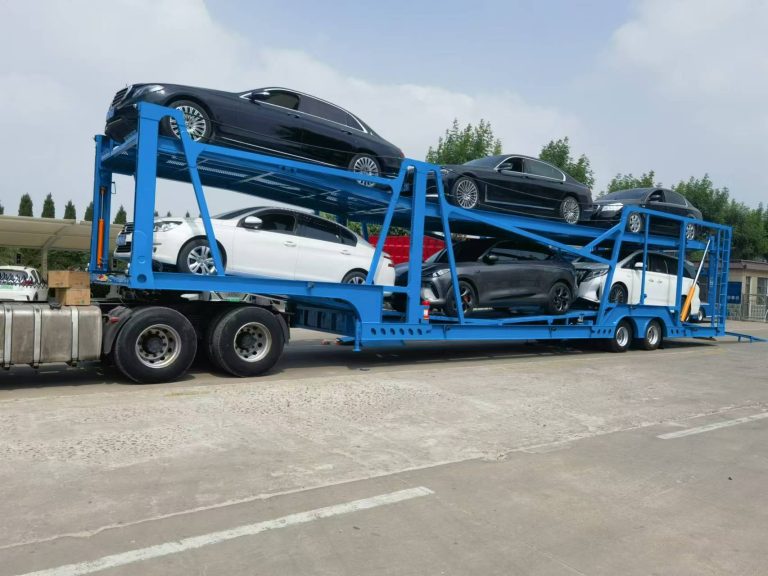Key Differences Between Semi-Trailers and Full Trailers
Semi-trailers and full trailers are two common types of trailers used for transporting goods and materials. While they may look similar at first glance, there are key differences between the two that are important to understand. By knowing how to distinguish between semi-trailers and full trailers, you can make informed decisions when it comes to selecting the right trailer for your transportation needs.
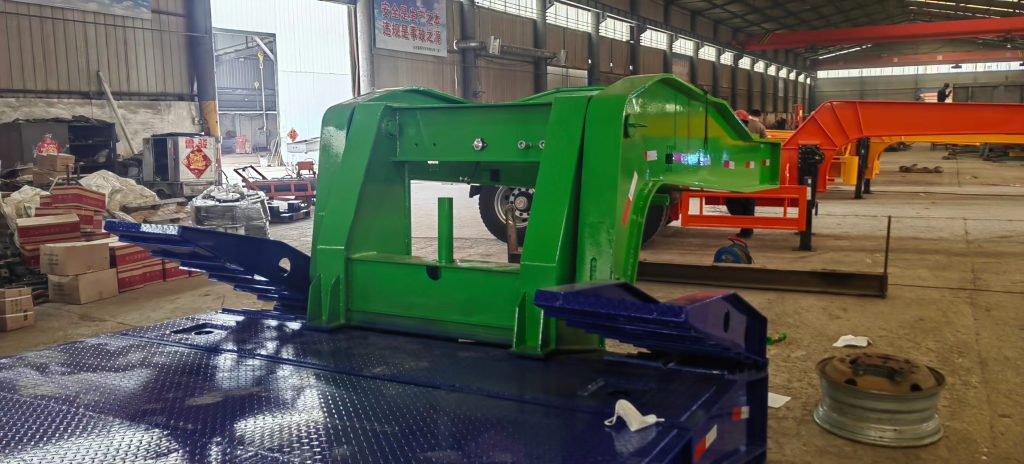
1:One of the main differences between semi-trailers and full trailers is the way they are connected to the towing vehicle. Semi-trailers are designed to be attached to a tractor unit using a fifth wheel hitch. This hitch allows the semi-trailer to pivot independently from the tractor unit, making it easier to maneuver around corners and tight spaces. In contrast, full trailers are typically connected to the towing vehicle using a ball hitch or pintle hook, which does not allow for the same level of flexibility in movement.
2:Another key difference between semi-trailers and full trailers is their size and capacity. Semi-trailers are generally larger and have a higher capacity for carrying goods and materials. This is because semi-trailers are often used for long-haul transportation and need to be able to carry a significant amount of cargo. Full trailers, on the other hand, are typically smaller and have a lower capacity, making them more suitable for shorter trips or lighter loads.
In terms of construction, semi-trailers and full trailers also differ in their design. Semi-trailers are typically made up of two separate components: the trailer itself and the tractor unit. This allows for greater flexibility in terms of customization and maintenance, as the tractor unit can be easily detached from the trailer. Full trailers, on the other hand, are a single unit with no separate tractor unit, making them less versatile in terms of customization and maintenance.
When it comes to maneuverability, semi-trailers have the upper hand due to their design. The pivot point between the tractor unit and the trailer allows for easier turning and maneuvering, making semi-trailers more suitable for navigating tight spaces and crowded roads. Full trailers, on the other hand, have a fixed connection to the towing vehicle, which can make them more difficult to maneuver in certain situations.
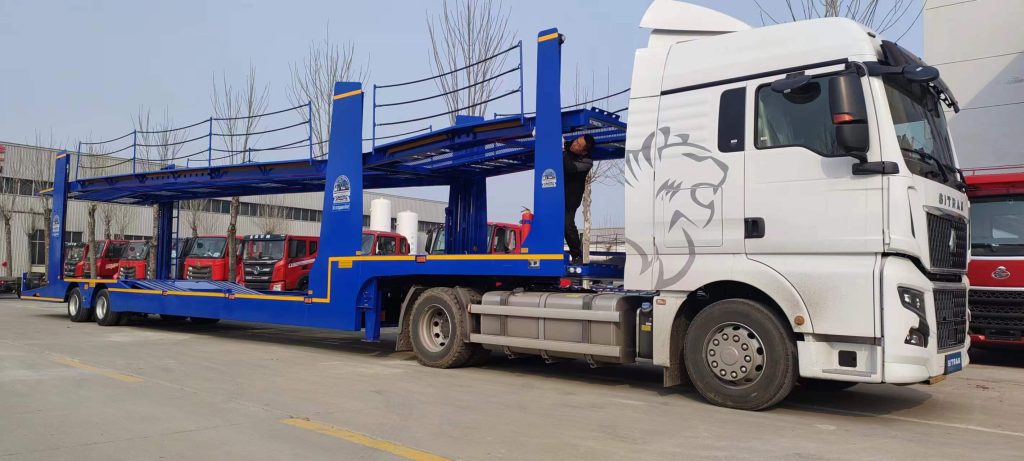
In conclusion, while semi-trailers and full trailers may look similar at first glance, there are key differences between the two that are important to understand. From the way they are connected to the towing vehicle, to their size and capacity, to their construction and maneuverability, each type of trailer has its own unique characteristics that make it suitable for different transportation needs. By knowing how to distinguish between semi-trailers and full trailers, you can make informed decisions when it comes to selecting the right trailer for your specific requirements.

